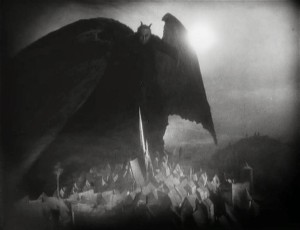A few months ago, with some trepidation, I emailed a document to a friend of mine. The friend is a very skilled editor whom I’d hired to perform a
I started this novel in 2014, after many starts and stops as an amateur writer of fantasy fiction. I’ve written short stories and attempted novels, none of them published. I’ve sent a few to fantasy magazines–back when those were a vibrant market–but never got a bite. I don’t think I’ve ever even contacted an agent. I did finish one short YA novel, put it on Amazon’s Kindle
In short, while I’ve continued to noodle away at fantasy fiction, I haven’t exactly been making steady progress.
But I kept coming back to this story. I have drafts from almost every year from 2014 to now.
It’s taken me a long time to write. Unlike most everything else, I keep coming back to it. Why? Partly, what it’s about.
It’s about a family of
Of course, I didn’t start it 8 years ago and write “THE END” a few months ago. It’s gone through many revisions; draft 1 bears only a passing family (heh) resemblance to draft 6. I’m fiercely proud of it, and I think I’m proud of it because it took me 7 years to write. Because I didn’t give up on it.
Because that’s the thing: a book takes time. It takes time to pull the words out of you and onto the screen, and also to sculpt the story from an inelegant lump into a coherent narrative.
Every revision seems like a clean fix, a quick surgery that’ll have the patient in and out the same day. But snipping out this creates a hole, unbalancing the body. Other organs slip in to fill the space. The body compensates, and now you have a new body. And the more you look at that body, the more you see adjustments to make.
Which is why I sent it off to my friend. Six home surgeries were plenty. It was time to take it to a professional surgeon who could see what I no longer could, who could sculpt it into something not just coherent but satisfying.
And in the meantime, I’ve started working on the next novel. I don’t want to slow down again.
More to come.






